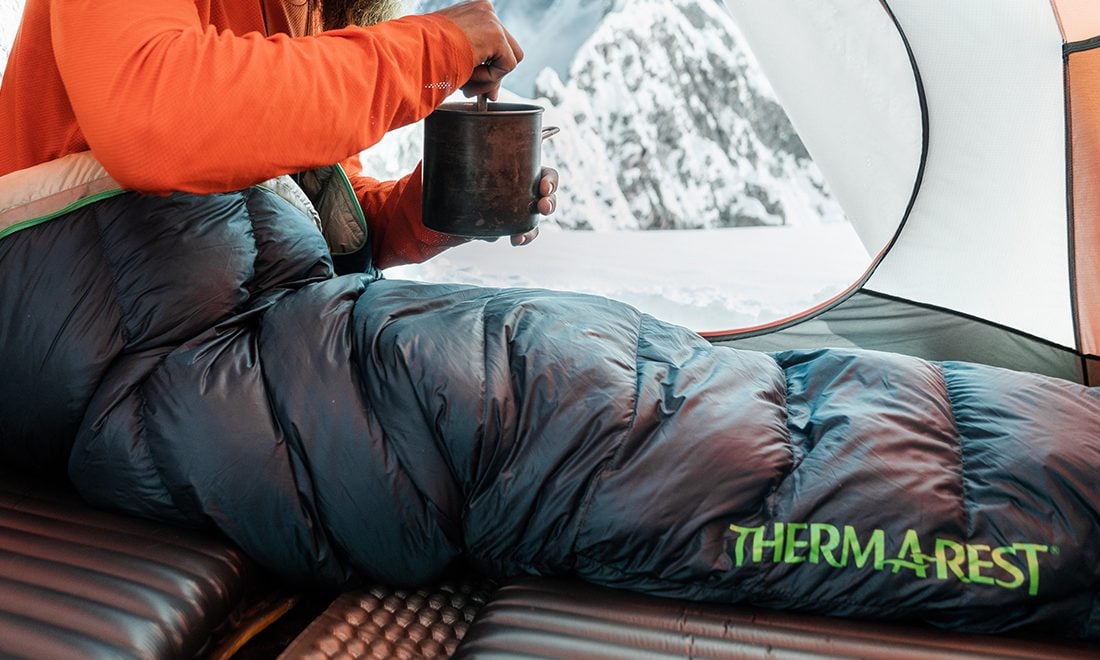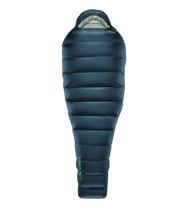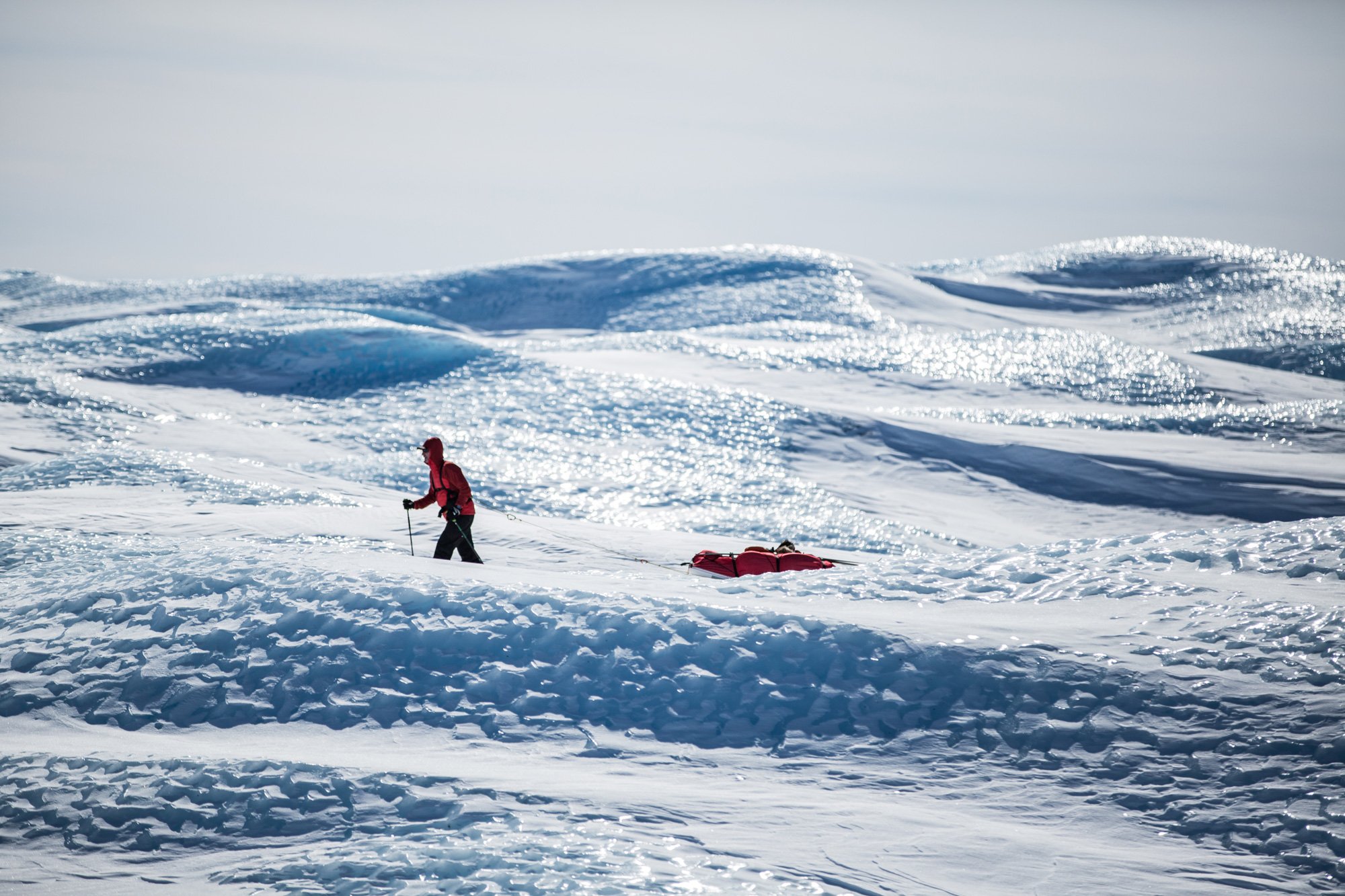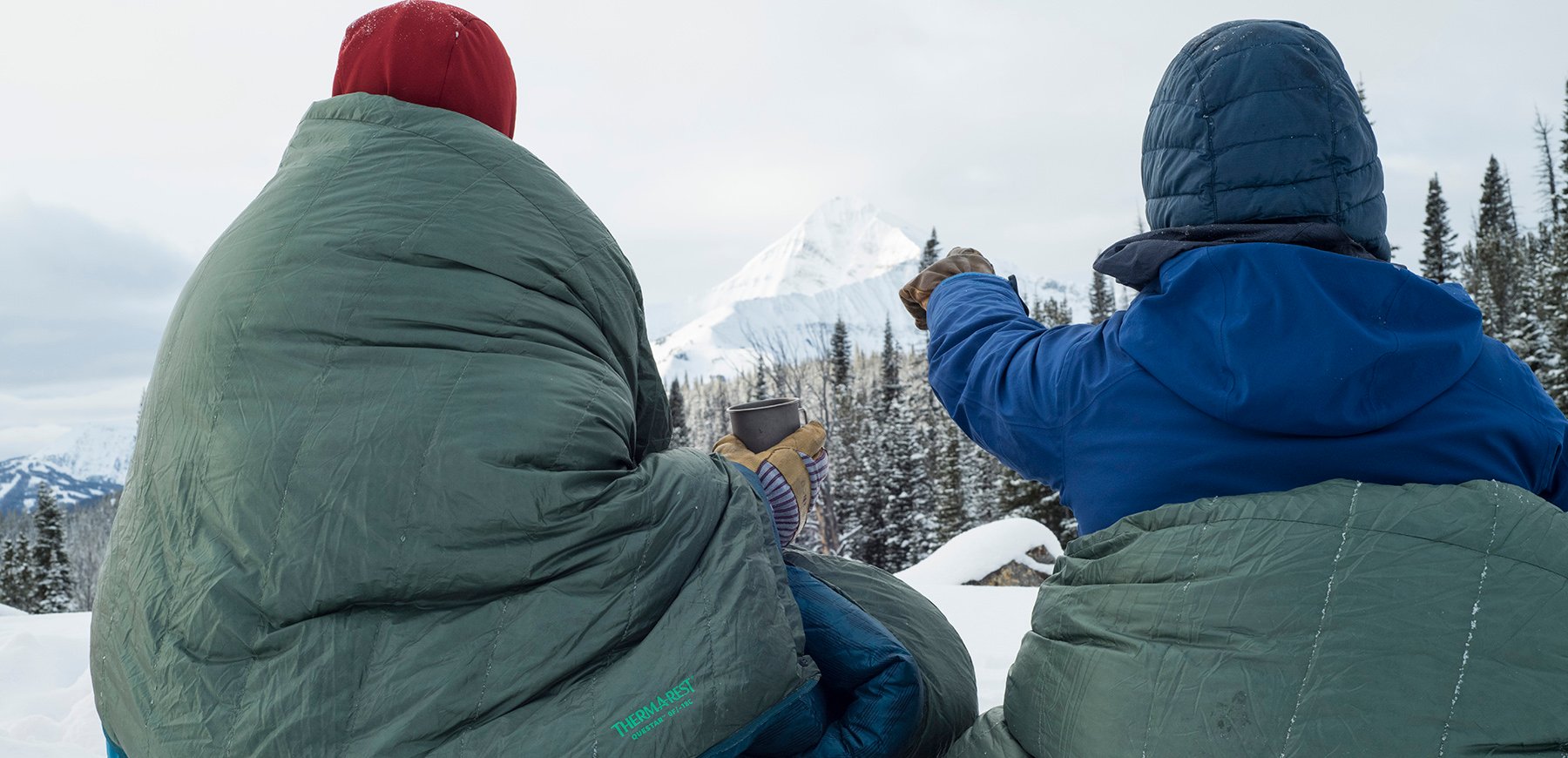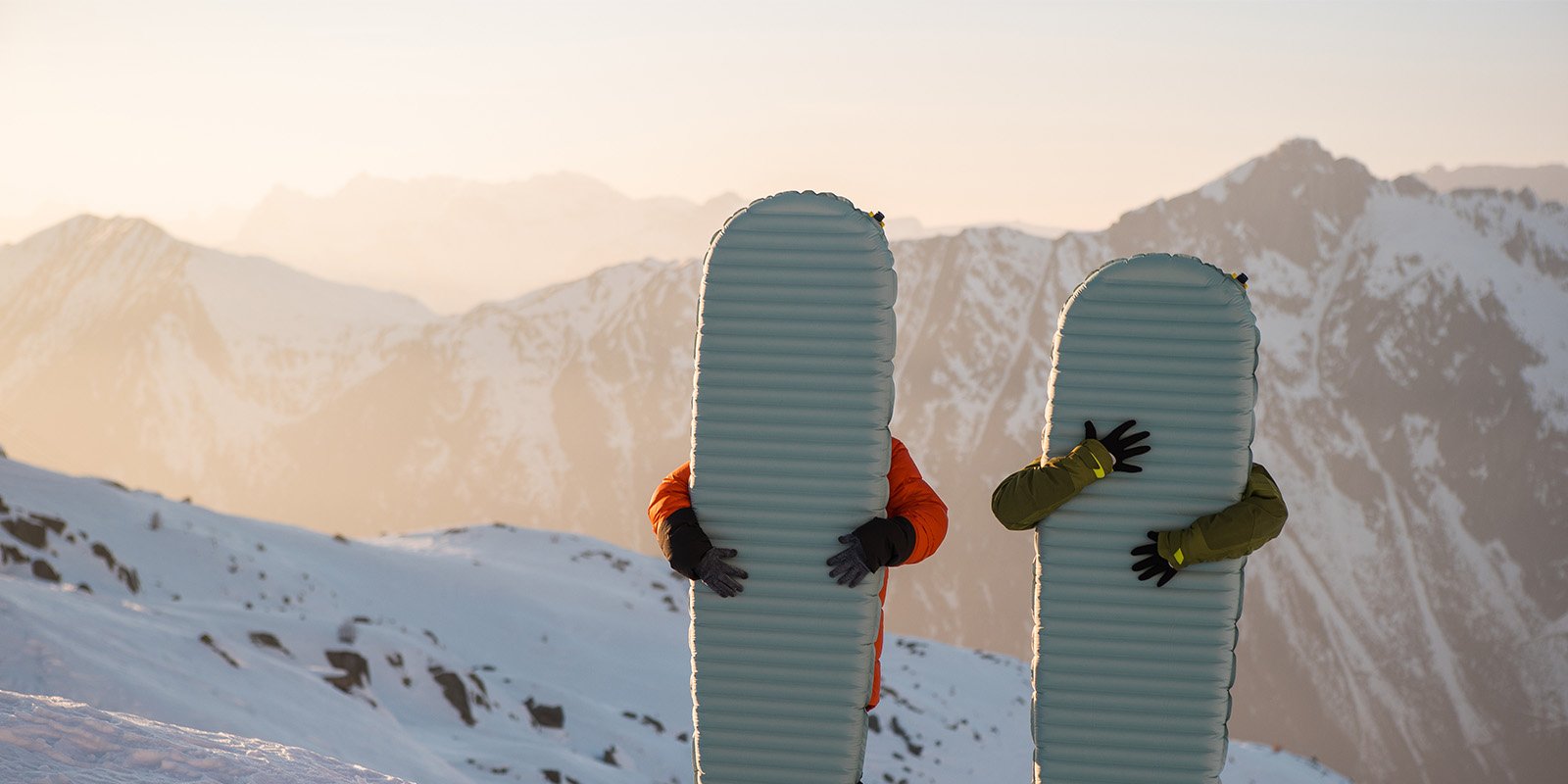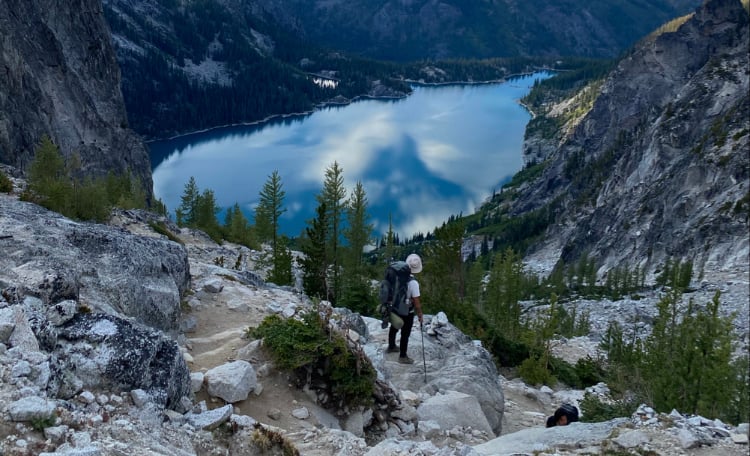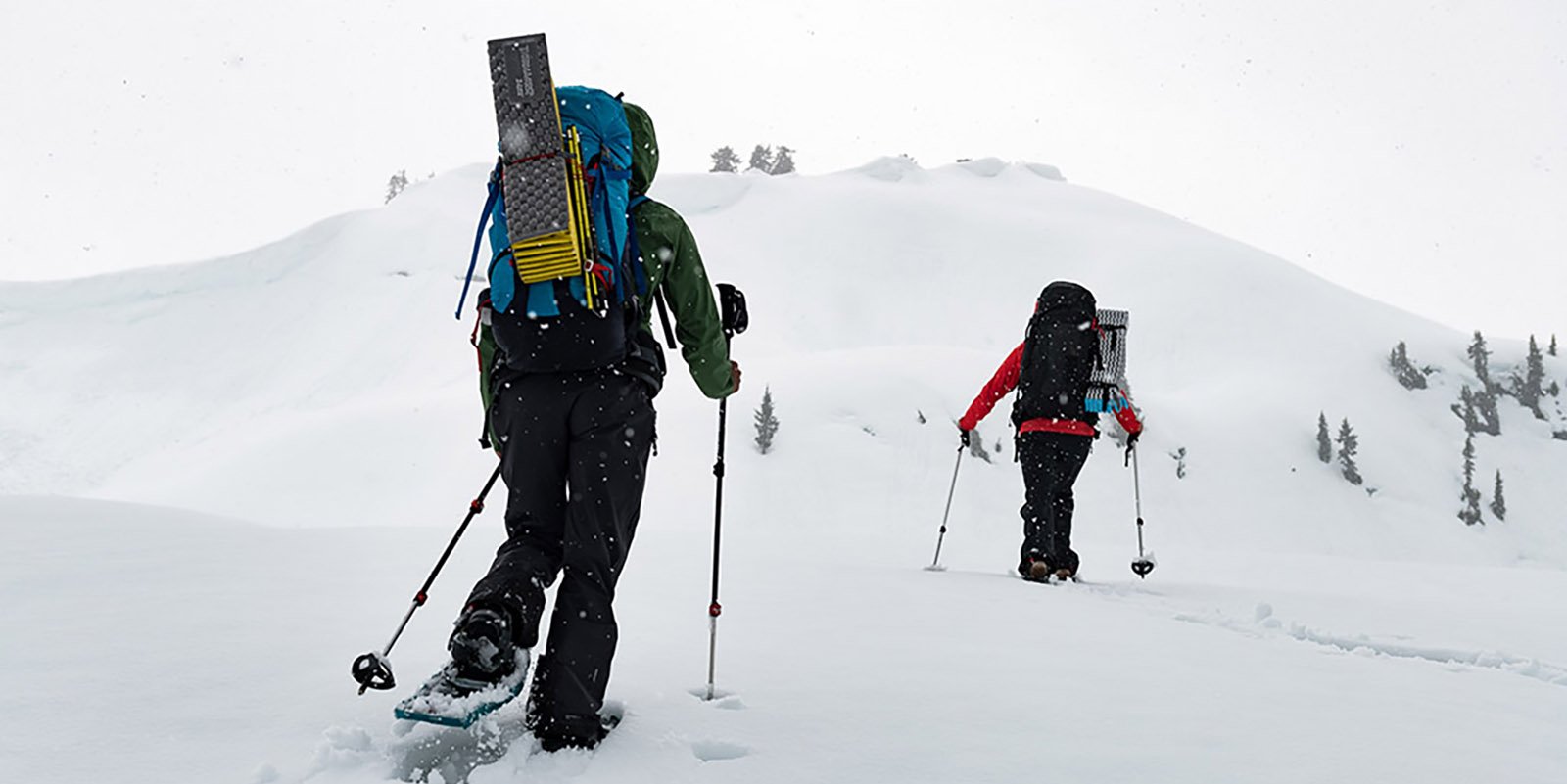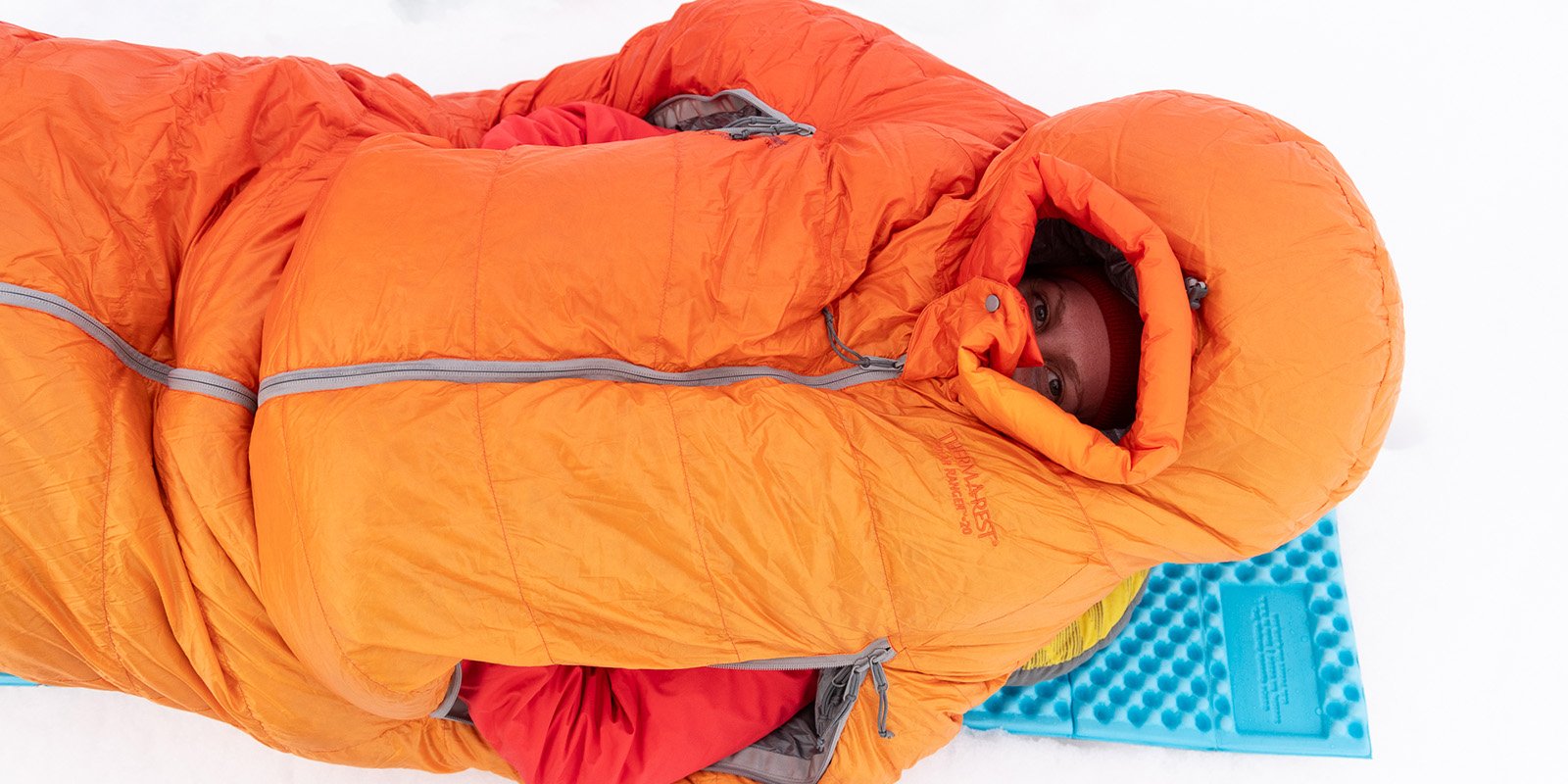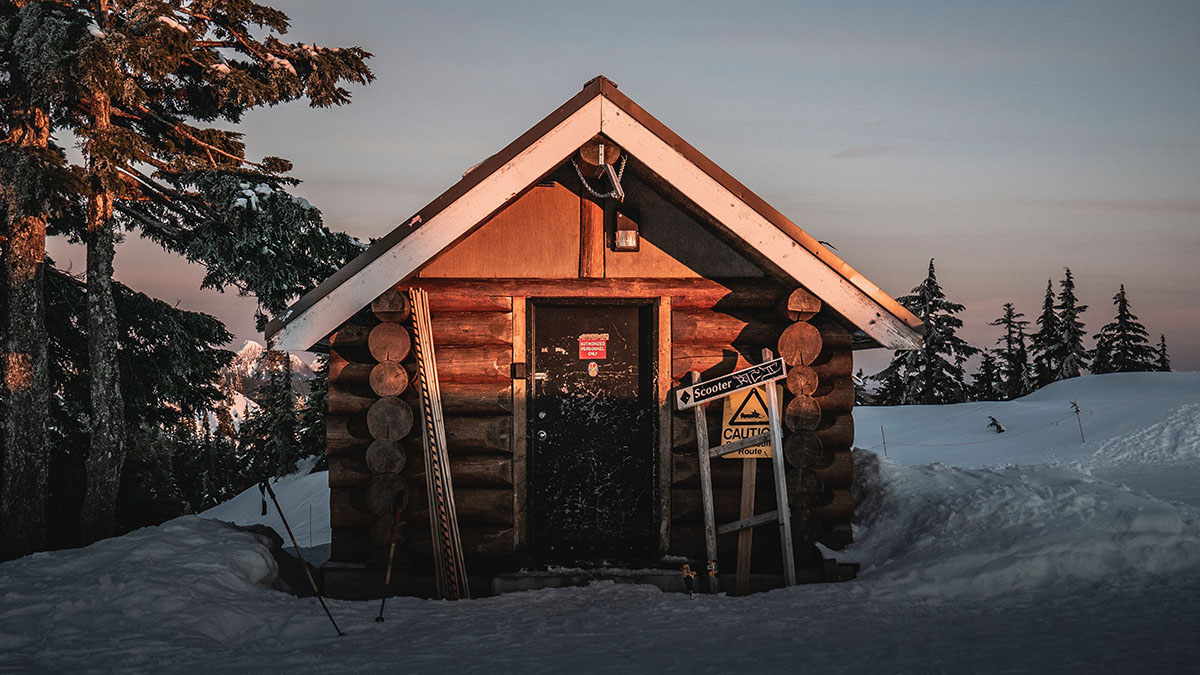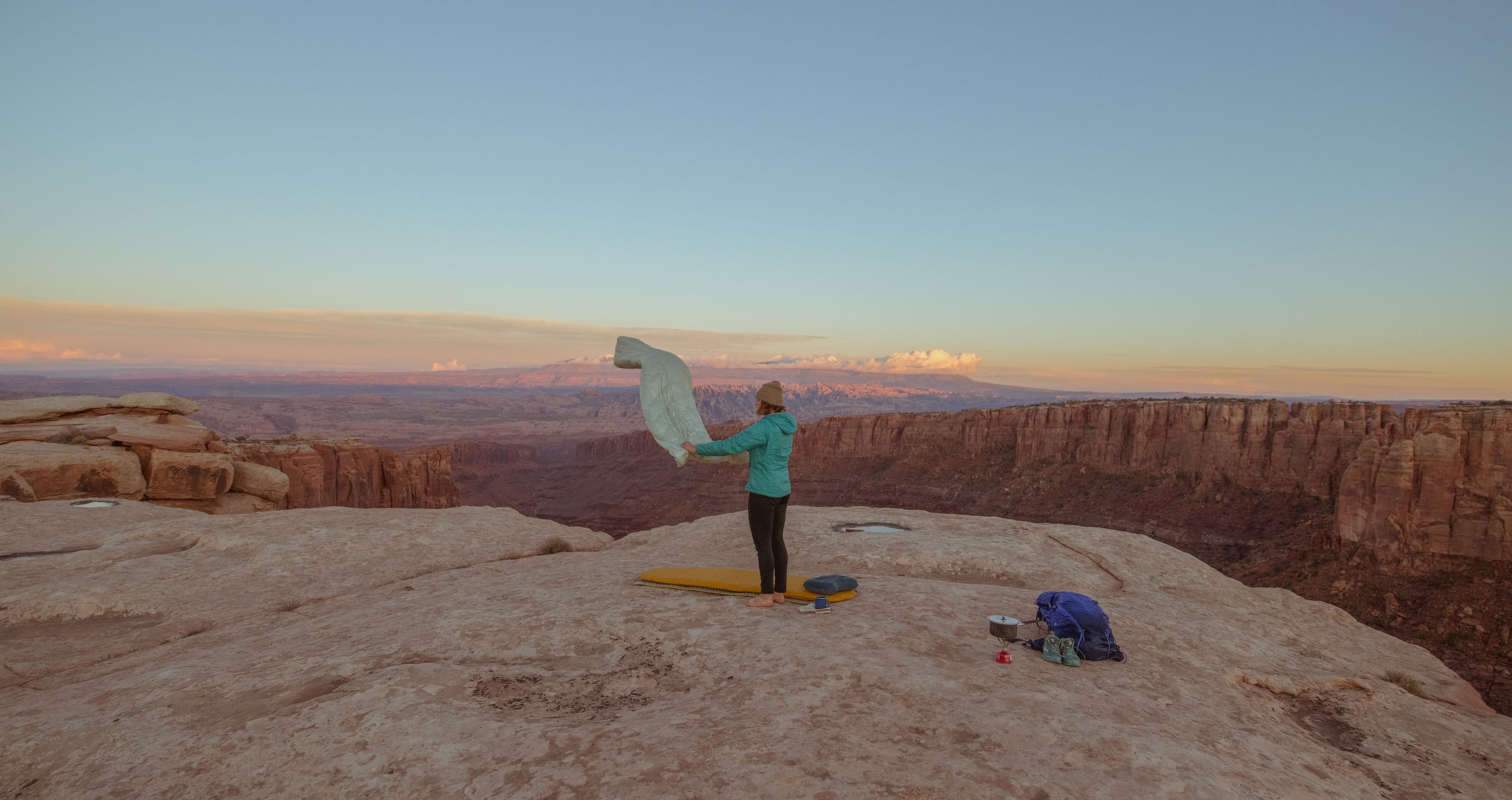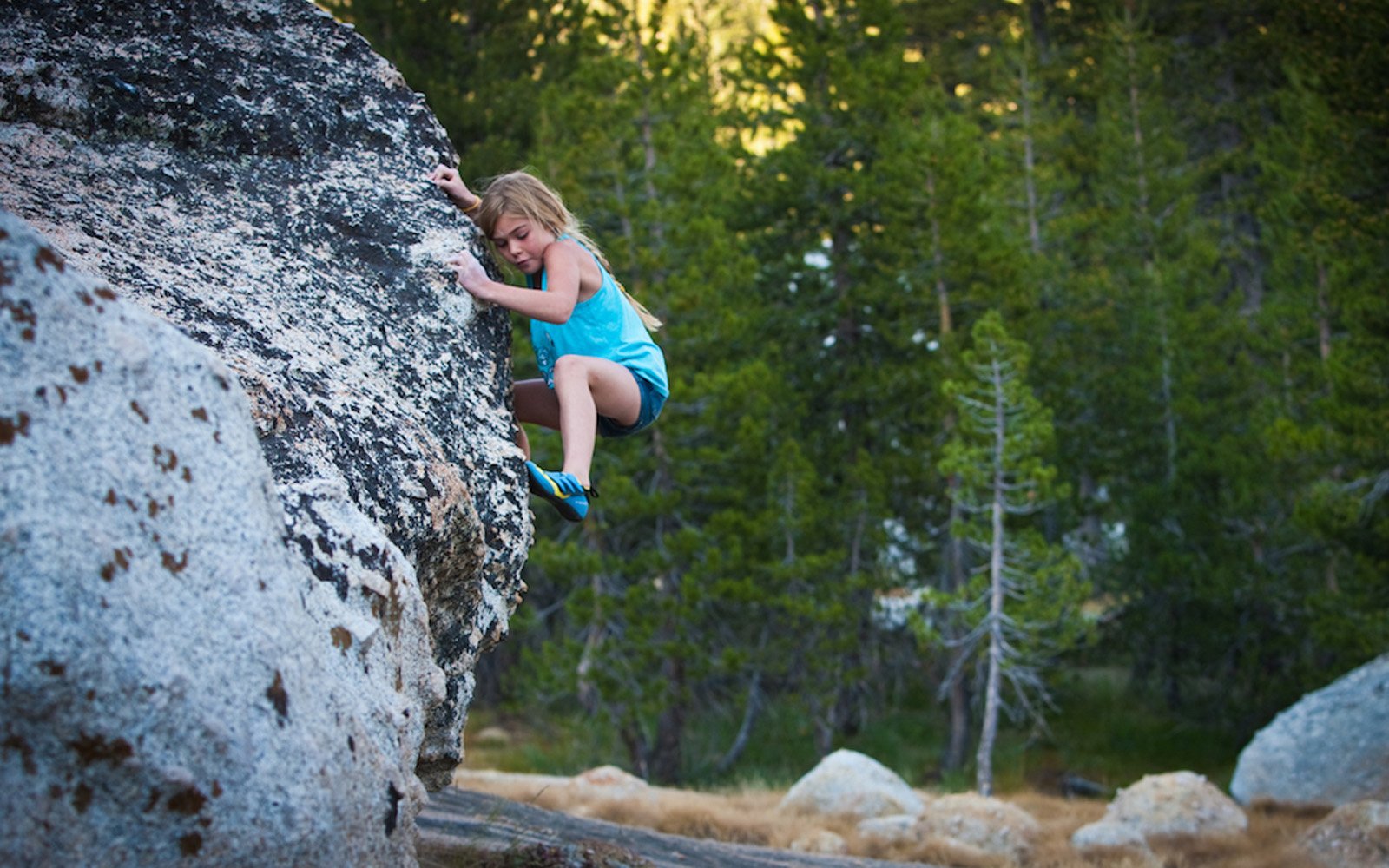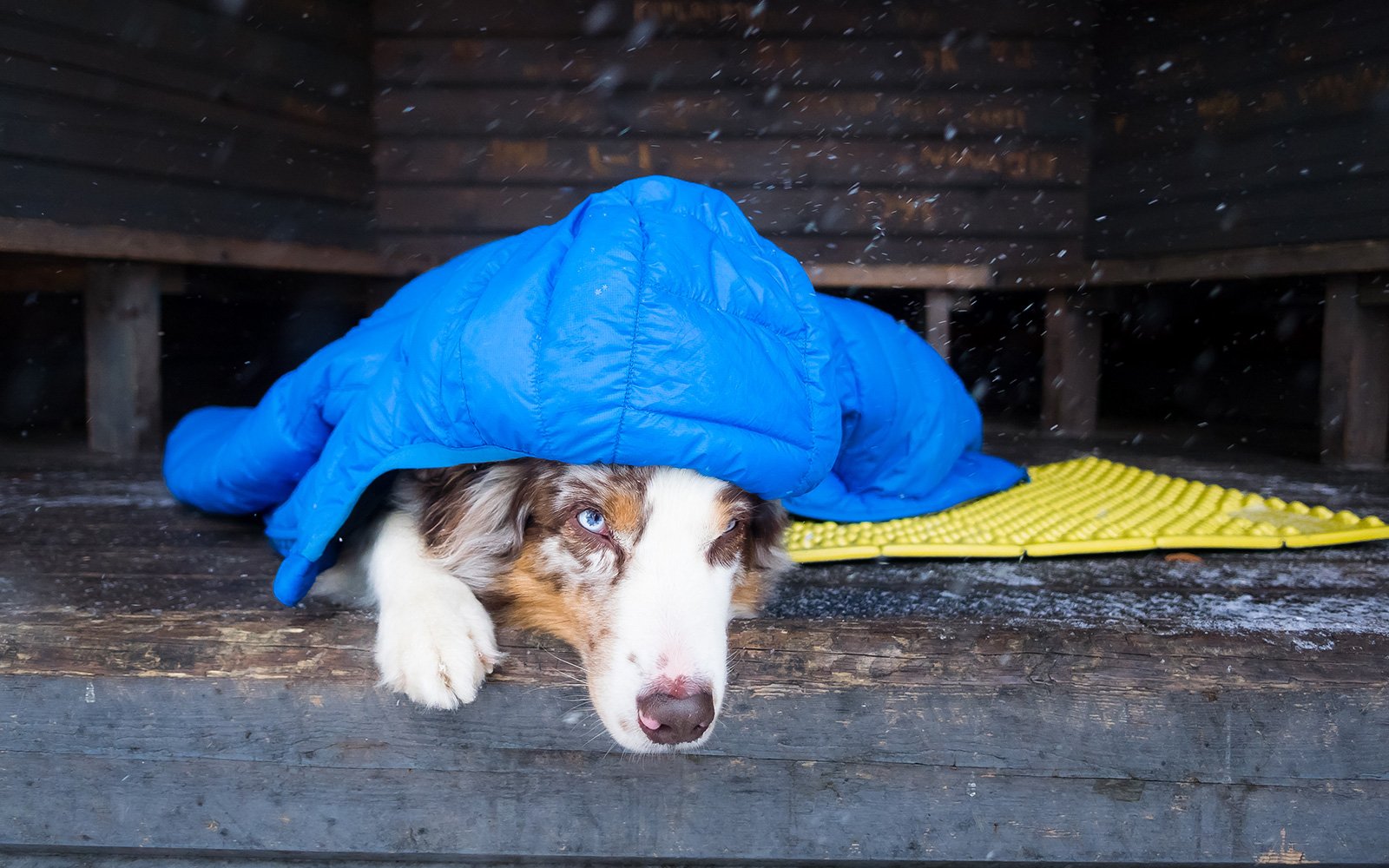Just because winter is in full swing doesn’t mean it’s time to spend every night indoors. Whether you’re in search of untracked powder stashes, or a surreal sunrise from the top of a snowy peak, snow camping is often the perfect vehicle to get you there. Though camping in the snow can be a little intimidating, with a little preparation and a few pro tips, a winter’s night outside may be your new favorite adventure.
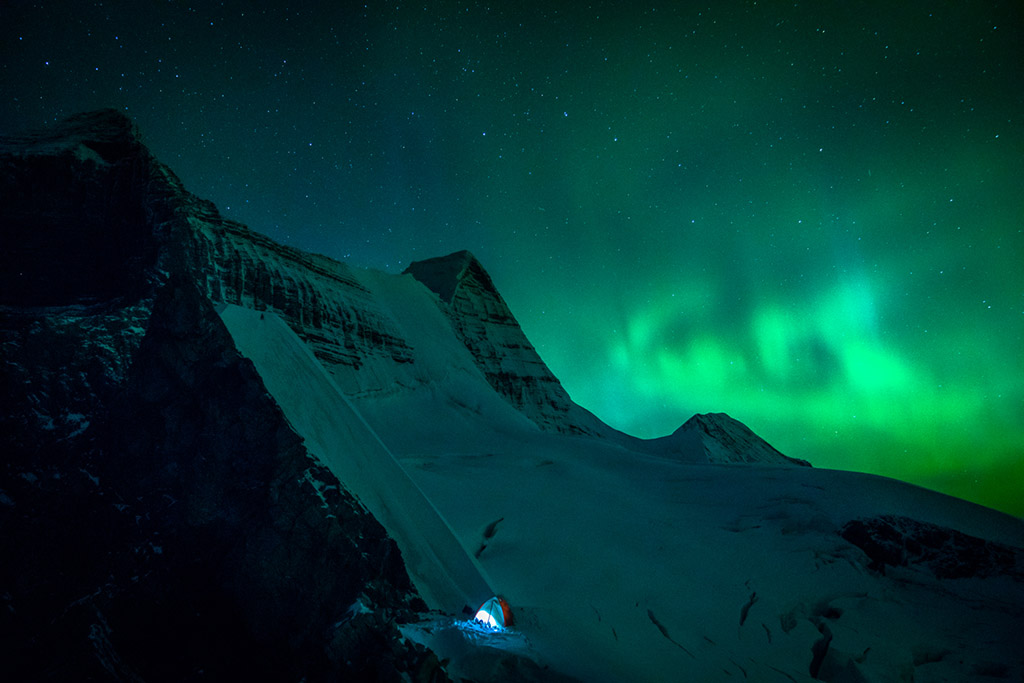
1. Have a Safe Place to Call Home
The golden rule of snow camping is to make sure you are not in a potential avalanche path or have any hazards within striking distance of camp (i.e. a serac, snow sliding path or rock fall). If there is one rule to follow, this is it.
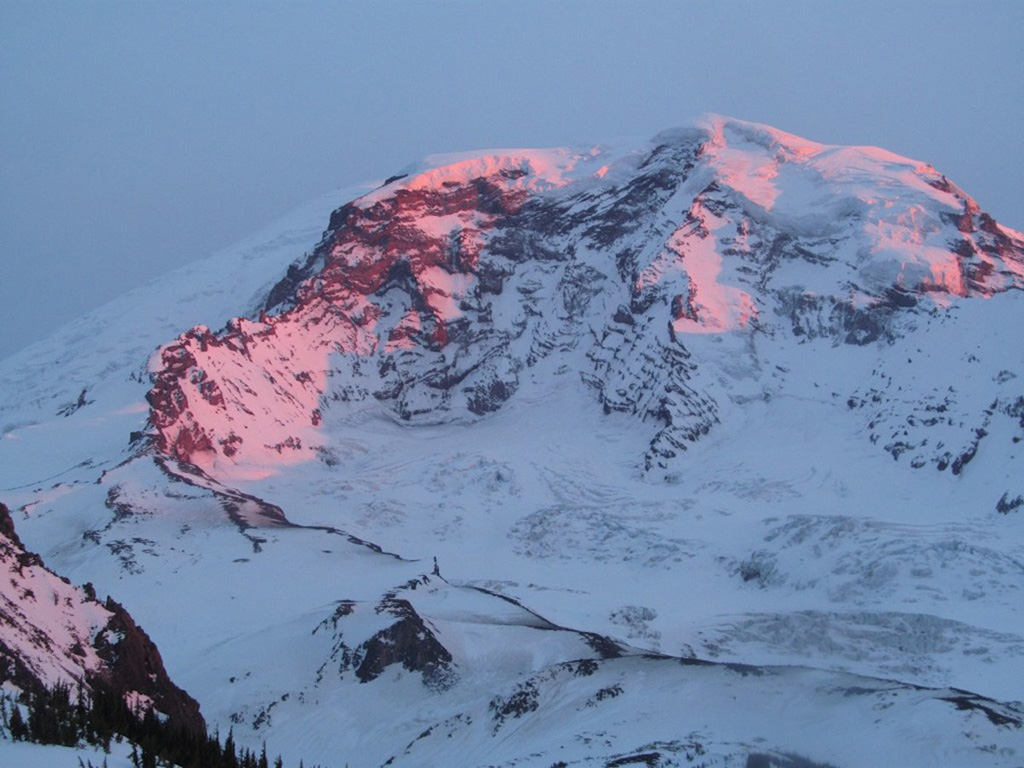
2. Find a Room With a View
You will find yourself outside of your tent more than inside and there is something special about cooking with a glorious sunset visible in the distance, or stepping out in the morning and having your breath taken away by the scenery in morning light.
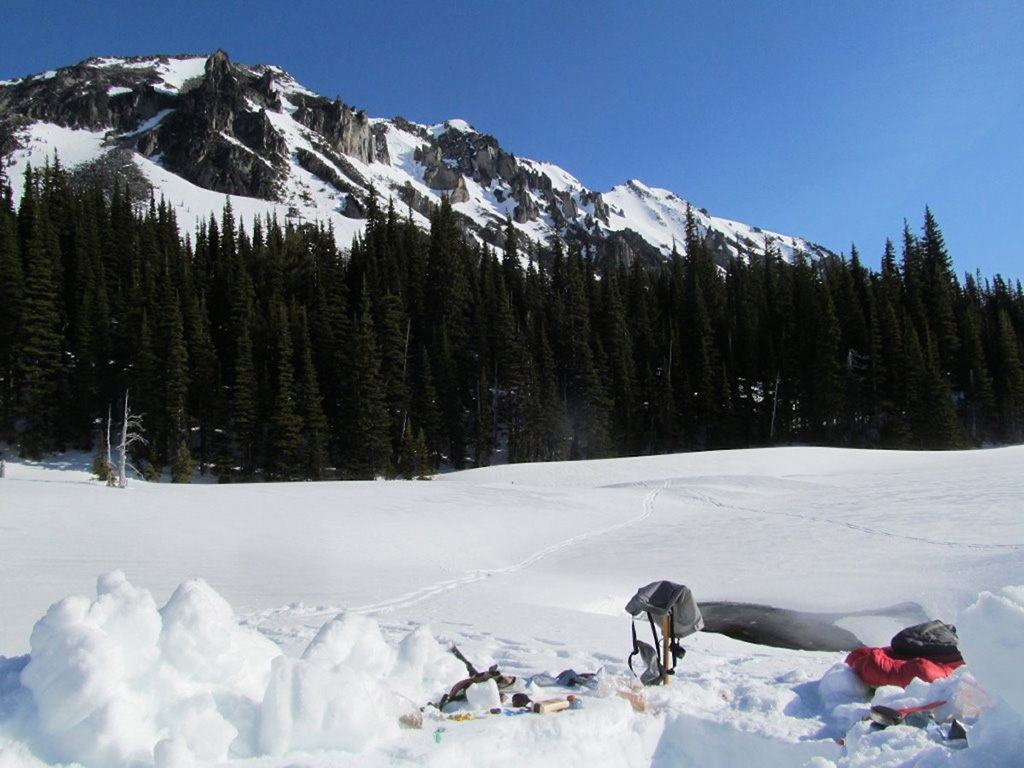
3. Water is the Source of Life (and Fuel Usage)
I like to find a camp that has running water within walking distance because melting snow is a process and uses quite a bit of time and fuel. I prefer creeks, but if they are not available and the weather is warm, I create “solar sinks” which is a fancy term for a drip process in the snowpack.
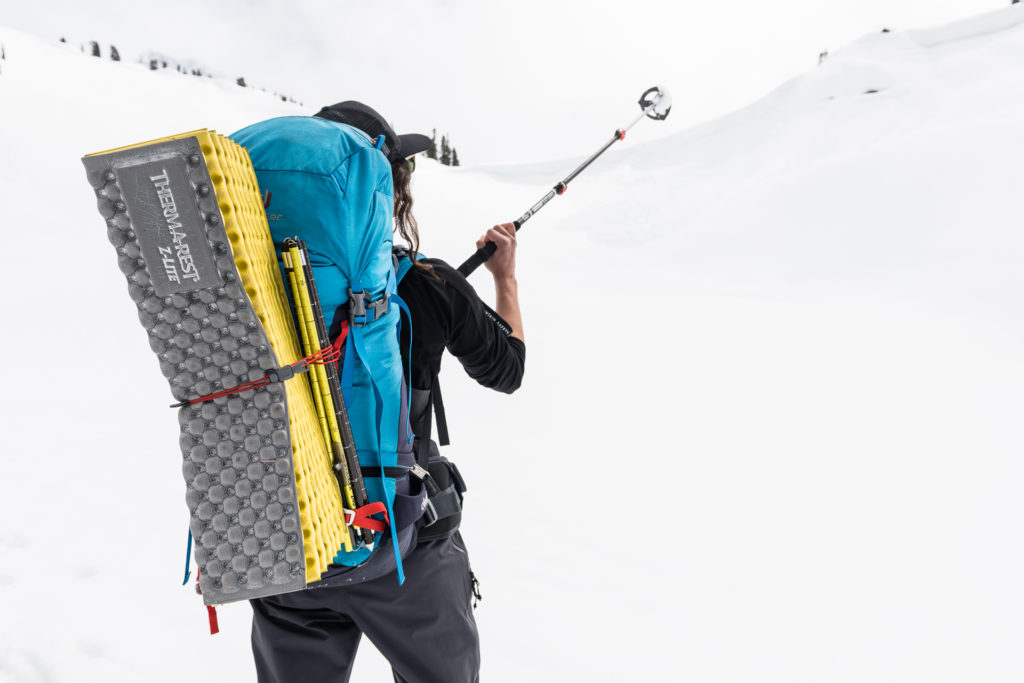
4. Shelter from the Storm
Be it rock or snow walls, it is always good to build shelter walls around your tent, because there is nothing more annoying than trying to sleep and being greeted by a wind storm the moment it gets dark. Take into account what way the wind is coming from but be prepared for it to change directions.
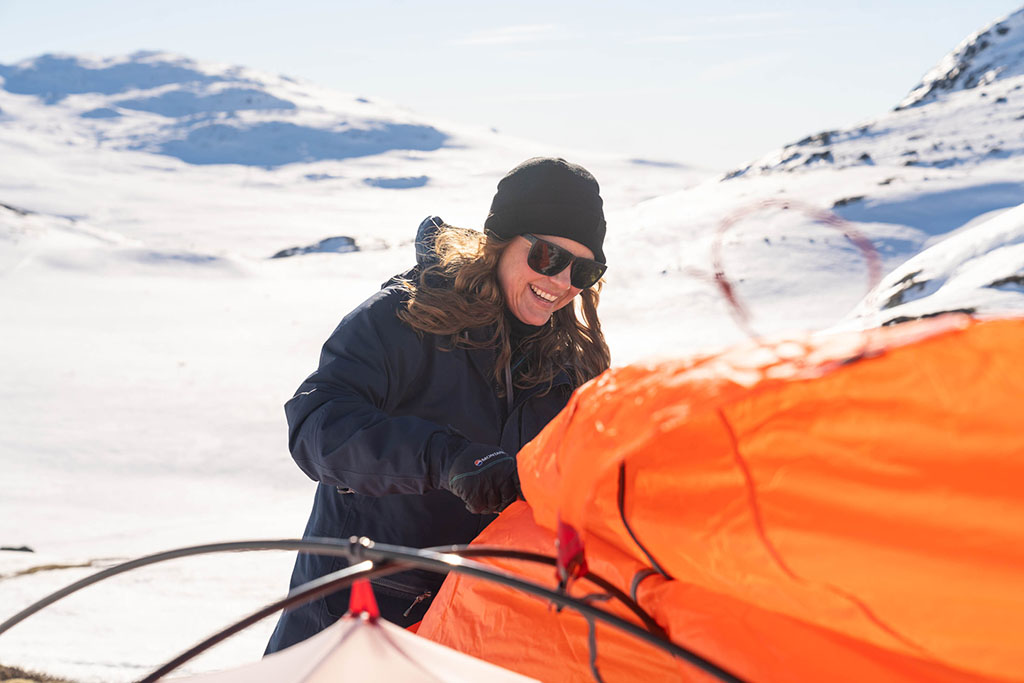
5. Let the Sun Shine
I always take into account where the sun is rising from and if my camping site will get the early morning sun. I prefer having last and first light but if I had to choose, it would be, without a doubt, sunrise. The coldest part of the day is dawn and if shrouded in shade, waking up can be a slow process. A warm sleeping bag is also always a welcome addition to the process of waking up and getting going.
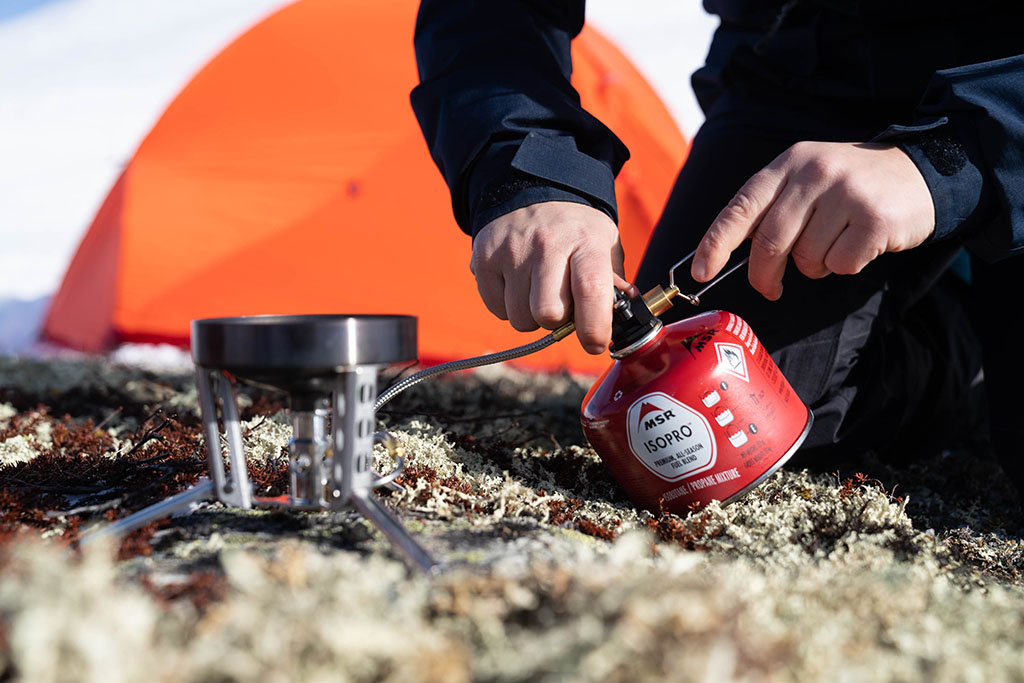
6. Build a Cooking Site
Whether it’s for one day or a week, there is nothing nicer than having open space to fire up your stove and the freedom to move around easily. It’s always good to separate your cooking quarters from your tent site.
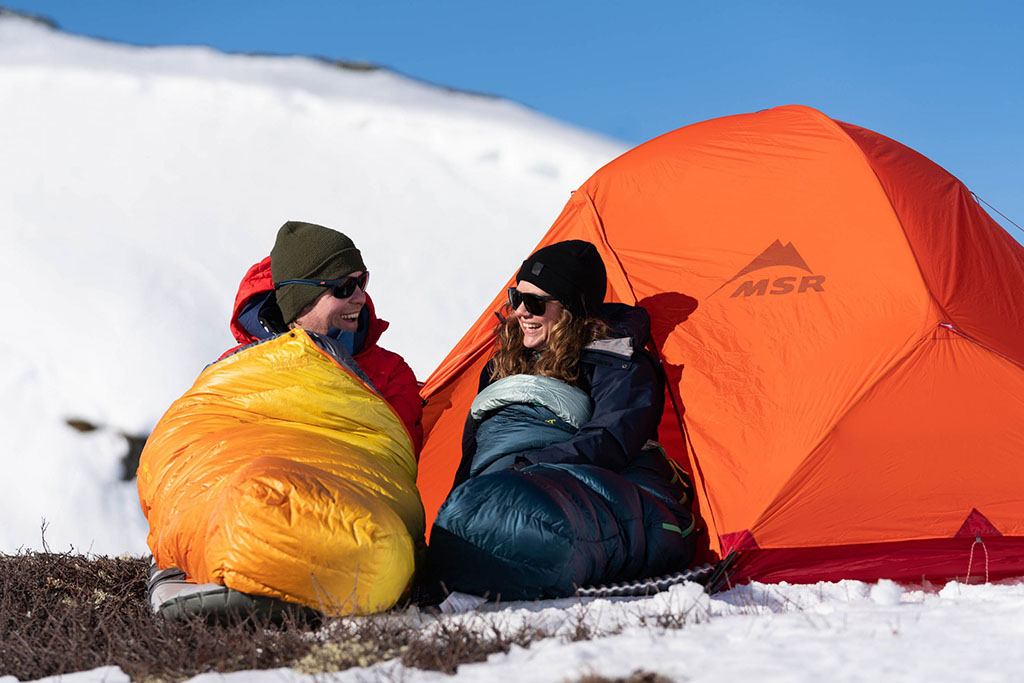
7. Make Sure Your Camp Site is Visible From the Air
I practice this tip in case of an emergency while camping in remote areas. Be it your brightly colored tent or the dug-out debris of snow piled all in one spot, these visuals could save your life in a dire situation.
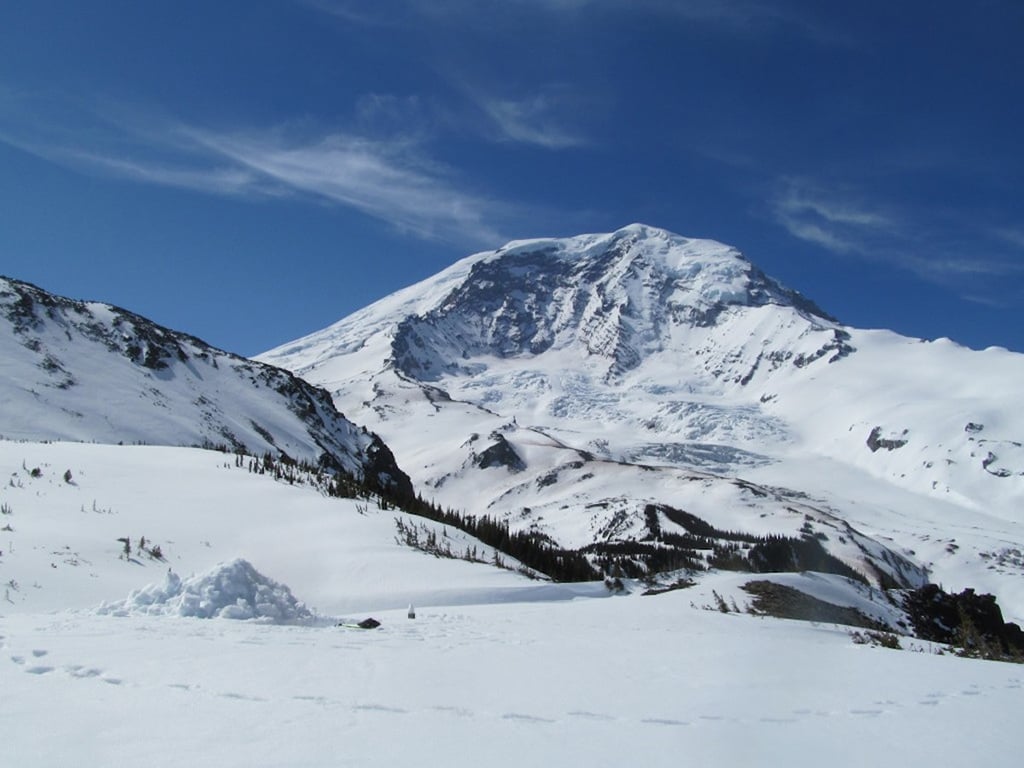
8. Don’t Leave Anything Behind
You are hopefully camping in an area that is pristine: keep it that way so others can enjoy it.
Related Posts:
